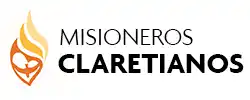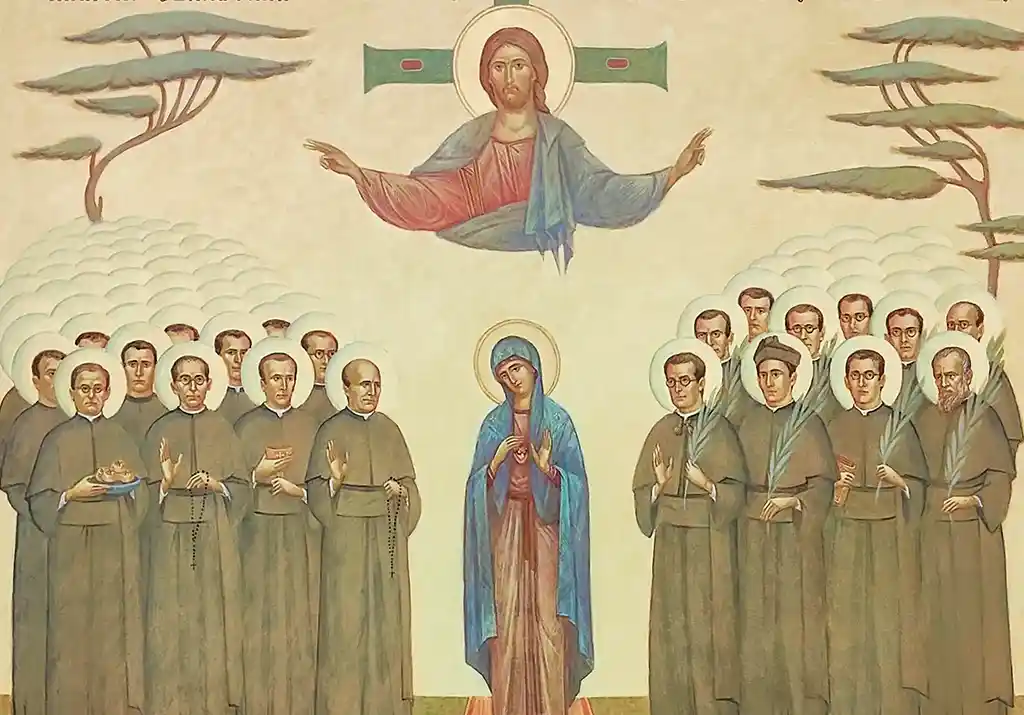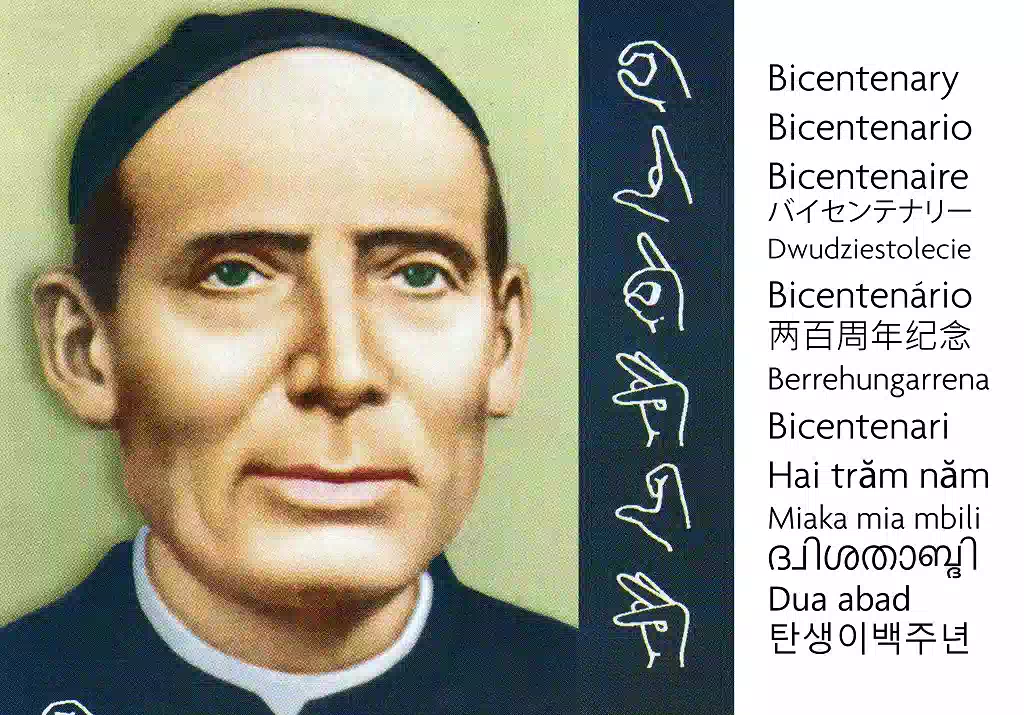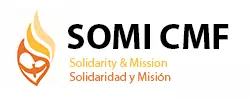Impressive narration of some traumatic experiences.
Marta Boiocchi writes. In shared mission with the Claretians.
 Haiti. We returned from Argentina via Santo Domingo and on Sunday, February 28, we stepped again on Haitian ground. Anistus went to fetch us in the bus terminal and drove us on a first inspection trip of Puerto Príncipe. When we went out, we left one country and when we returned we found a totally different one.
Haiti. We returned from Argentina via Santo Domingo and on Sunday, February 28, we stepped again on Haitian ground. Anistus went to fetch us in the bus terminal and drove us on a first inspection trip of Puerto Príncipe. When we went out, we left one country and when we returned we found a totally different one.
Puerto Principe is the image of desolation. The magnitude of the disaster makes the heart bleed. As the Haitian seminarians told us in Santo Domingo, what the Communications Media tell you is one thing but the reality is quite another. Nothing remains standing but what remains is in danger of falling and hundreds of houses and walls carry a sign: “to be demolished.” Everything is razed to the ground. Under the debris that has not yet been removed there are still corpses whose presence is perceived by the smell that filters through the ruins.
The first thing we visited was the chapel of “Saint Anthony Mary Claret,” built with great effort by Anistus and his community, now razed to the ground. The altar of the second floor has fallen entire and solid to the first floor. The rest is all destroyed. Anistus relives the day of the earthquake: that same afternoon people of his community told him that the chapel had fallen and he went to see it with a broken heart. He passed among scattered corpses, wounded people, weeping and wailing people …
He cried when he saw the disaster of his community and of the chapel. For one week he continued crying every time he visited the place, while he tried to clarify his mind to see where he could begin to rebuild both the community and the chapel, a place for the encounter and the celebration, which should become a place for the reconstruction of hope.
In that first week, with the help of the surviving members of his community they rescued the parochial files, while they organized the solidarity aid with the damaged families: water and food, plastics and first aid elements. Later we went throughout the centre of the city. We passed by the town hall, symbol of a beheaded country, with a shocked, broken ruling class, as disoriented as the population that is asking itself: “What happened?”
Cham Mas, the main square, is a veritable refugee camp, with multi-coloured canvases where, in the third week after the earthquake, chemical toilets were placed.
We are deeply touched by the cathedral, with its standing Christ. There the choir, which was practicing for the next celebration, sang its last song and all its members died praising God. Our heart is full of anguish when we pass by the ruins of the Archbishop’s headquarters, where Mons. Miot and his vicar, Fr. Benoit, who bore the honorary title of Monseñor, lost their lives. A sorrowful prayer goes out from us for our lost friends. We remember that, in the graduation Mass of the first 40 biblical students of our Mons Romero Biblical School, Mons. Miot had said: “I have asked the Lord to die celebrating the Mass, like Mons. Romero.” His dream did not come true.
It also fills us with sorrow to know that Mons. Benoir did not die right away. From among the rubble he was able to call his friends with his mobile phone, before the communications collapsed, with the pathetic plea: “I am still alive. Please see what you can do for me.” His plea could be heard but could not be attended.
Then we passed by San Marcial, our first abode when Aníbal, Fausto, Julia and Marta arrived in Haiti in 1999. The house of the Sisters is still standing, but the house of the Fathers, the Seminary and part of the school are totally razed. The janitor informs us that there were no victims among the Spiritan Fathers.
We continued our visit, unable to hide our amazement and sorrow at seeing an unrecognizable Puerto Príncipe. It is difficult to recognize the streets, the businesses, the public buildings. The city that we knew and travelled around has disappeared. Now it is a great cemetery that hides hundreds of Haitian men and women buried under the rubble. In the future its history will be divided in before and after January 12, 2010. In the pavements the public vendors prepare meals and offer merchandise, while in the midst of the canvasses some adolescent girls practice new dance steps with the typical grace of their swaying thin waists and smiling children go up casks. Life continues. Haiti was, is and will be the land of resistance.
After 6 in the afternoon we arrived at the house of Delmas 31. In the courtyard there is a canvas bought after two week of living in the open. The house is sustained by iron jacks brought from Puerto Rico. It is rather unsafe to live in, but at least the toilet can be used. After a first look at the house, recognizing the risk that they had run, we sat down to chat and we listened with emotion to Anistus’ story of how he lived the moment of the earthquake.
Those 37 seconds were extremely long for the woman who helped them with cooking and cleaning the house, who was with Magnus, Dilén’s little son, in her arms. How she felt death very close and her only thought was how to protect the child with her own body. In the midst of the noise of collapsing houses and of the dust that blinded them, she heard the voice of Beauplan, first Haitian priest of the Claretian Congregation, shouting at her to get out of the house and helping her to find the door. Then in the street they found Dilén, the mother of the child, who lived in the house across, crying disorientated and asking for the child, unable to understand what had happened.
Then Anistus remembers with gratitude the visit of Roselio Díaz Heredia, CMF, Pastor of Jimaní, the border city between the Dominican Republic and Haití; and the immediate aid and food brought by Fr. Héctor Cuadrado, Superior of the Delegation; and the continuous help of Fr. Pepe Rodríguez, also from Jimaní and la Descubierta. Doubtless the solidarity of the brothers of the Congregation has been the support of their hope.
Then Fr. Joaquín Grendotti arrives after an encounter day with his fellow countrymen of la Minustah. He also tells us of his arrival, the experience of the tremors that continued shaking the ruined city, the experience of bringing food and water to Kazal. In a first census they had reported 386 dead persons in the Nazon Barrio.
Anistus tells us of the three teachings he has learned from this event that shakes us to the bones: -Nobody has anything that belongs to him. The things that we have, today they are and tomorrow they are not. The houses, the cars, the things are all relative. None of these things are truly important. -For those of us who are still alive it is a warning: if we do good works, let us do them better; if we do evil, we should convert. Time is short and life, insecure. A new opportunity is granted us. -The earthquake has made us all equal. No one is more than others. The great chiefs, priests, policemen who some time thought they were superior, are now sleeping in the street like the rest of the people. The earth is the level of all. No one is higher than others. We are all equal. The people of Kazal know that Aníbal has arrived end the telephone calls begin to arrive. Bové, one of the graduates of the “Mons. Romero Biblical School” and presently one of those that will continue the biblical studies in the Latin American Biblical University of Costa Rica, sends a phone message: “Marta and Aníbal, welcome to Haití, the country of hope.” We are home.
In the evening, after a tasty meal prepared by Dilén and shared with joy, we retire to rest, sharing the canvas in the courtyard. It starts raining and the noise of the drops on the plastic helps us to get to sleep. At 5 in the morning, there is a tremor that only some perceive.
I wish the message that deeply touched Anistus’ heart would have a deep effect on us all. After breakfast Aníbal and I go to Kazal. We pass by the route, near the large common graves. Thanks to God, they do not contain any of our friends and collaborators in shared mission. We consider it as a true miracle. We pray with deep faith to the God of life who has received so many Haitian brothers and sisters in his arms.
To reach the parish of Kazal we continue cross the riverbed, since the bridge destroyed by the cyclone of August 2008 is not yet finished. The children shout with joy when they see Aníbal and climb the pick-up truck. They know there will be some sweets upon arrival at the chapel.
Beauplan and Nadéj are in the house. Nadéj is one of the team who tells us how she lived the horror of the earthquake in her little house of Puerto Príncipe, trying to protect Yan, her 8-year-old son, with her very thin body. Beauplan also tells us this is an experience he does not desire for anyone else.
The house has not suffered any damage and the church only a little. Wilchen has prepared a canvas in the courtyard where they sleep. At the side a plastic arbour serves as a dining and meeting hall. As we have not gone through the trauma of the earthquake, we occupy our respective rooms within the house.
After lunch we had a first meeting with the team of Youth of the Missionary Community. The sadness of their eyes is impressive. Their look seems deeper and more obscure than ever. They laugh little. Scarcely a smile, and right away seriousness is again in their face. Each one narrates how they lived the earthquake, with brief sentences, without drama, but with deep sorrow. Michèl has lost an aunt and her four little children, all buried in the common grave. Blondi tells us that the day after the earthquake went to Puerto Príncipe looking for her brother. She found all her relatives happily well. But she is still awakened by the memory of the sight of dead bodies lifted with a digger and dropped on the common grave as if they were rubbish and then covered with quicklime and earth. Secretly she was able to take a photo of that moment. She bows and shakes her head mumbling: “I cannot forget…”
In spite of the sorrow, we cannot but laugh with the experience of Gilbè and Pòl Ednèl. They were together digging a hole in the cemetery for a relative who had died. They found the bones of someone who had been buried there long time ago. They placed the bones in a corner of the hole and they waited for a neighbour to bring some rum to wet them before covering them again with earth. Putting rum on the bones is a voodoo rite of purification, as our ancestral custom of sprinkling with holy water. As soon as the rum touched the dry bones, the earth started shaking. Gilbè and Pòl Ednèl thought that the dead were protesting and shook the cemetery. They started running together, not knowing what was happening, and at the same time they felt that a strong force was pulling them back. As they ran they found a man clinging to a tree that was shaking and they shouted at him: “Sir, what are you doing there?” to which the man answered: “And you, what are you doing running?”. When they arrived home, they learned that there had been a tremor but, as they were tired, they fell asleep. The following day they knew the magnitude of the earthquake and the damages of the capital. Now they both laugh at their mad rush and frightened face.
The houses of all have suffered breakages, collapsed walls, rooms that cannot be used… After this first exchange, they tell us about their work during these two months of Aníbal’s absence. They continued working with the Banquitos de los Pobres (Little Banks of the Poor) the Organization of the Peasants; they have created a Solidarity friendly society; they have established a Liturgy Team; they continue meeting in the communities…
We planned the participation of the Basic Ecclesial Communities in an encounter on the 12th, 13th and 14th in Haiti, with the people of Dominican Republic, and a prayer encounter, also binational, in Fon Parisien to celebrate the memory of Mons. Romero, in addition to a prayer day for the Missionary Community next March 19. The meeting ends. A question remains in suspense: And what now for the future…? With more than 220,000 dead, 3 and a half million victims; 8,000 collapsed schools; without universities, or technical schools; no work… How do we proceed?… Silence overwhelms us…








